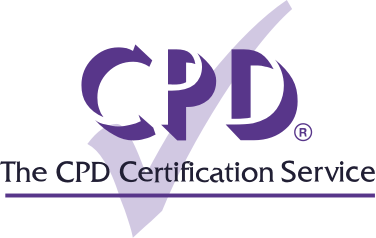Many people became accustomed to online learning and working due to lockdown restrictions for a good one and a half to two years of our lives. For many, day-to-day business was conducted from home, and we all used chat methods such as Skype or Zoom to speak with colleagues and friends.
Many businesses are now offering hybrid working methods, and people now have dedicated spaces in their homes for online learning and working. Learning online is now seen as a completely normal and effective way to carry out a course. We all recognise some of the benefits of fitting a course into our busy schedule by not leaving the home.
How to conduct an effective online training session
Because people are now so used to jumping on their laptops and learning remotely, systems, apps and courses have improved to ensure they meet everyone’s requirements and that everything runs smoothly. We almost expect a little more now that online learning is normal, and we do it daily. Because of this, the courses you are providing must do everything they say they do, and you are doing enough to keep the attendee focussed and engaged because, if not, there will be other courses out there that they can enrol on.
There are several ways you can ensure your online course is effective, and attendees walk away with a positive impression.
Add engaging elements to your course
There’s only so long that someone can read paragraph after paragraph of information. Now and again, throw in a question or a written exercise that encourages the attendee to stop reading and, instead, focus on what they have learnt. As well as adding an interactive question or poll to your online training session, consider the ways that you present your information. Rather than everything being written down as text, could some parts be presented as a video? This not only mixes up the format, but it considers those who learn in different ways - by watching and listening rather than reading.
Encourage regular breaks
If your course is particularly long, encourage regular breaks at intervals throughout the course. It may be that the attendee assumes they have to complete it all in one sitting, and they may switch off after a while which will lead to unproductivity. Adding in small rest breaks within your online training session encourages people to grab a cuppa or snack and then head back in after clearing their heads for a few moments.
Demonstrate information through diagrams and images
As touched upon above, everyone learns and digests information in different ways. As you are going to get many people applying for your course, it’s important to consider this as one format may work for someone else, but not another. By having easy-to-read diagrams, it offers another way for people to interpret the text you are presenting in your online training session, and encourages people to screenshot or save the image and refer back to it later.
Offer printable or saveable resources
Often, people will be undertaking an online course after they finish work or during their breaks. This means that they may not be feeling entirely productive or taking in as much information after a busy day. By offering saveable or printable resources, you’re letting them know that it’s ok to continue learning in their own time - you’re encouraging it. This means they can feel less pressured and potentially learn more, leading to a positive and effective outcome from the course.
Offer a feedback section
Giving people the opportunity to leave feedback after your online training session means you can proactively make changes to your course should the same thing pop up again and again. Not only this, but it shows the attendee that you genuinely care about their experience and that you want them to take this learning opportunity to improve and become more effective.
We hope this article on how to conduct an effective online training session was helpful. If you are a training provider and are looking for CPD accreditation for your courses please contact our team to discuss in more detail. Alternatively please visit the CPD Industry Hubs to find relevant courses, providers and events suitable for your Continuing Professional Development requirements.













